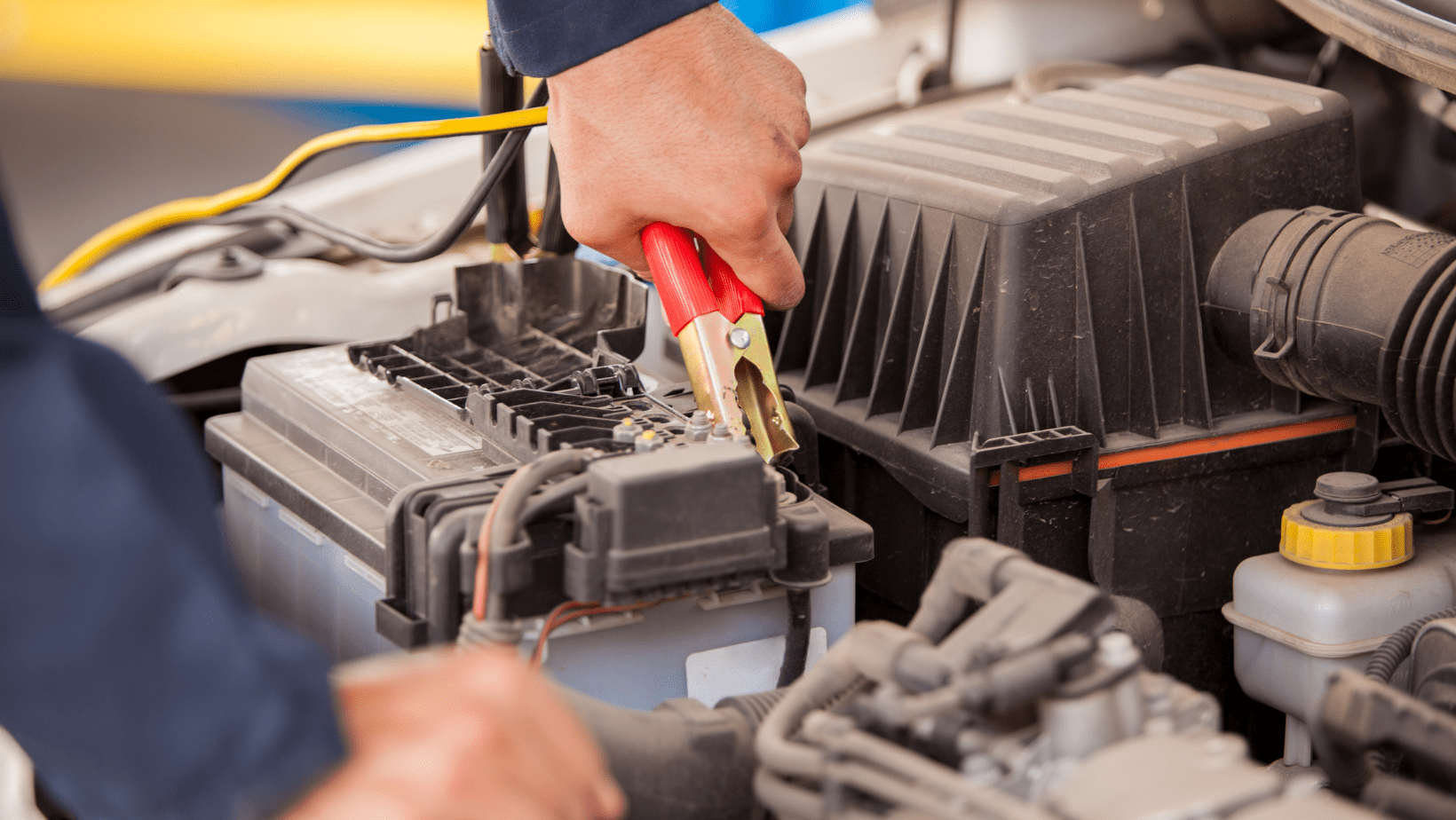Table of Contents
Car Battery Testing Methods
Introduction
Car battery health is essential for reliable vehicle performance. Regular testing ensures early detection of issues, prevents unexpected breakdowns, and extends battery life. In this guide, we’ll explore different types of batteries, common testing tools, advanced methods, and the importance of regular maintenance.
Understanding Different Types of Car Batteries
Before diving into testing methods, it’s important to understand the two primary types of car batteries:
- Absorbed Glass Mat (AGM) Batteries
- Designed for vehicles with high electrical demands, including start-stop systems.
- Sealed, spill-proof design that requires minimal maintenance.
- More durable and resistant to vibration compared to traditional batteries.
- Flooded Lead-Acid Batteries
- The most common and affordable type of car battery.
- Requires periodic maintenance, including checking electrolyte levels.
- Can be prone to sulfation if not properly charged.
Different battery types require different testing approaches. For instance, AGM batteries require conductance testing over traditional load testing due to their internal structure.

Common Tools for Battery Testing
Various tools are available for assessing battery condition. Choosing the right one depends on the battery type and testing requirements.
1. Digital Multimeter
- Measures static voltage and charging system output.
- Provides an instant reading of battery charge level.
- Ideal for quick diagnostics, but cannot assess overall battery health.
2. Conductance Tester
- Measures internal resistance using battery voltage.
- Useful for AGM and flooded batteries.
- Provides quick results and exportable data for further analysis.
3. Load Tester
- Simulates real-world conditions by applying a heavy load to the battery.
- Determines battery performance under stress.
- Effective but can cause damage if the battery is already weak.
4. Refractometer
- Used for serviceable lead-acid batteries to assess acid density in individual cells.
- Helps diagnose internal sulfation or imbalance between battery cells.
5. PicoScope 4425A Digital Storage Oscilloscope
- Advanced tool that provides a comprehensive assessment of battery condition.
- Captures dynamic voltage fluctuations to detect weak cells and electrical inconsistencies.
Each tool serves a unique purpose in battery diagnostics, and using a combination of these tools ensures an accurate evaluation.
Advanced Battery Testing Methods
For deeper diagnostics, advanced methods are used, particularly in hybrid and electric vehicles (EVs). These tests provide insight into internal battery health and potential failures.
Electric Vehicle (EV) Specific Tests
- Visual Inspection: Checks for physical defects, corrosion, and swelling. Subjective but essential for identifying visible damage.
- DCIR Impedance Tests: Measures direct current internal resistance, detecting early degradation.
- ACIR Impedance Tests: Evaluates resistance under alternating current, useful for revealing internal defects.
- Electrochemical Impedance Spectroscopy (EIS): Analyzes battery performance across multiple frequencies, providing deeper insight into chemical stability.
- Open Circuit Voltage (OCV) Tests: Measures voltage when the battery is disconnected from the circuit, helping to estimate state-of-health (SOH).
- Leakage Tests: Identifies small electrical leaks that may drain the battery over time.
These methods are particularly useful in modern vehicles with complex battery management systems.
Additional Battery Test Methods
Beyond the common tools, there are several other ways to assess battery performance:
| Test Method | Purpose |
|---|---|
| Voltage Reading | Measures state-of-charge but not health. |
| Ohmic Test | Identifies internal resistance, corrosion, and defects. |
| Full Cycle Test | Involves charging and discharging to measure capacity (time-consuming). |
| Rapid-Test Methods | Uses frequency domain tests for quick assessments. |
Each method has its advantages and limitations. For instance, voltage readings alone won’t indicate whether a battery is deteriorating internally.

Importance of Regular Battery Testing
Routine battery testing offers multiple benefits:
Prevents Unexpected Failures – A weak battery can fail without warning, leaving you stranded.
Extends Battery Life – Identifying minor issues early can prevent major failures.
Saves Money – Timely maintenance reduces replacement costs.
Improves Vehicle Performance – A healthy battery ensures stable electrical output for essential functions.
Automotive professionals recommend testing your battery at least twice a year, especially before winter and summer when temperature extremes can accelerate wear.
Recognizing the Signs of a Failing Battery
A failing battery often exhibits warning signs. Look out for:
Slow Engine Cranking – The vehicle struggles to start.
Dim Headlights and Electronics – Reduced brightness, flickering, or malfunctioning accessories.
Frequent Jump-Starts Needed – If you need to jump-start your car often, the battery may be near failure.
Check Engine or Battery Warning Light – Many modern vehicles display a dashboard warning for weak batteries.
If you experience any of these symptoms, consider testing your battery immediately.
Conclusion
Understanding and using proper battery testing methods is crucial for vehicle maintenance. Whether you’re a car owner or a professional mechanic, having the right knowledge ensures accurate diagnostics and timely replacements. Regular testing improves performance, reduces the risk of sudden failures, and helps maintain your vehicle’s electrical system.
Additional Resources
Check out the best performance car gear available on the market.
